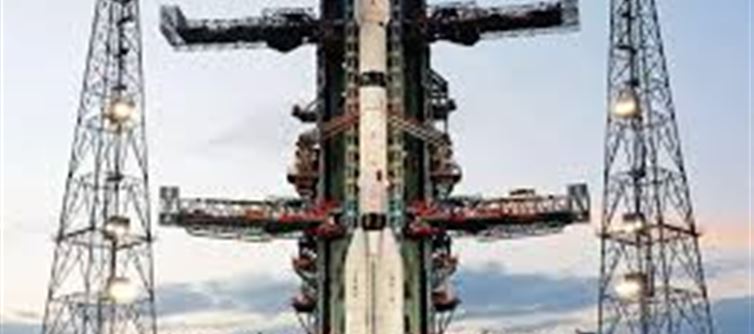
Indian Space Research Organization (ISRO) has successfully launched many expensive space missions so far. This not only reflects India's scientific progress but also strengthens India's identity all over the world. But do you know which is the most expensive mission of isro so far? Today we are going to tell you about that mission of isro, whose cost will blow your mind.
How much is the price?
Let us tell you that the most expensive mission of isro is NISAR, i.e. NASA-ISRO Synthetic Aperture Radar Mission. This mission is being launched today on 30 July 2025 from Sriharikota through GSLV-F16 rocket. This mission is a joint project of nasa and isro, which costs around 1.5 billion dollars, i.e. about Rs 12,500 crore in indian rupees. Yes, this is the world's most expensive earth-imaging satellite mission and it is ISRO's most expensive project till date.
What is special?
Talking about the specialty of NISAR satellite, this satellite weighs 2,392 kg and is equipped with dual-frequency radar system. This is the first satellite that will use two different radar frequencies, NASA's L band and ISRO's S band. The objective of this mission is to track changes on the earth's surface, such as earthquakes, volcanoes, landslides, glaciers' movement and climate change. This satellite will prepare a high-resolution map of the earth's surface every 12 days, which will help in disaster management, agriculture and water management. nasa has provided L-band radar, GPS and data recorder for this mission, while isro has contributed S-band radar, satellite bus and launch system. ISRO's share in this project is about Rs 788 crore.
The most expensive mission till date
The cost of NISAR is many times more than other missions of ISRO. For example, ISRO's Mangalyaan mission, which took india to Mars, was completed in just Rs 450 crore. Chandrayaan-3, which soft landed on the south pole of the moon, cost Rs 615 crore, but NISAR costs around Rs 788 crore. The reason for NISAR's high cost is its state-of-the-art technology and collaboration with NASA.




 click and follow Indiaherald WhatsApp channel
click and follow Indiaherald WhatsApp channel